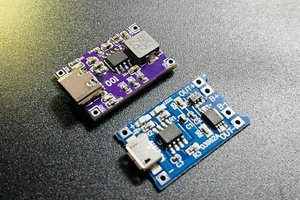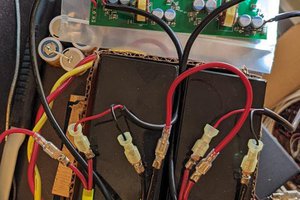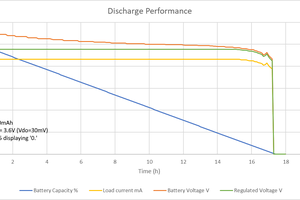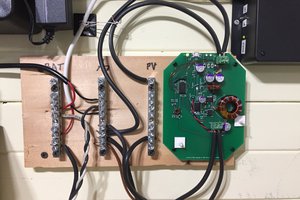The two digit displays a few things.
1) Alternate battery voltage Integer & decimal for precise voltage
calibration to compensate for cabling & connection losses . eg 12.74
2) Single integer & decimal for current load setting up to 9.9A.
3) Cumulative Ah while running.
4) Undervolt 'Lo', to avoid testing an undercharged battery.
5) Hi Ah >99 - 'Hi'
6) 'UP' when ready to uplink the discharge log to PC
The Design files link contains build instructions, How it works, , BOM, HEX code and parts sourcing from Jameco.
 mosaicmerc
mosaicmerc

 Sagar 001
Sagar 001

 George
George
A board redesign is underway as some lamp loads get quite hot and cause the FET driver to fail due to its' proximity to the lamps and load resistors. The updated layout will bump the FET to a heavier duty unit and provide space for a small heat sink and a radiant heat shield for the FET and the FET driver.